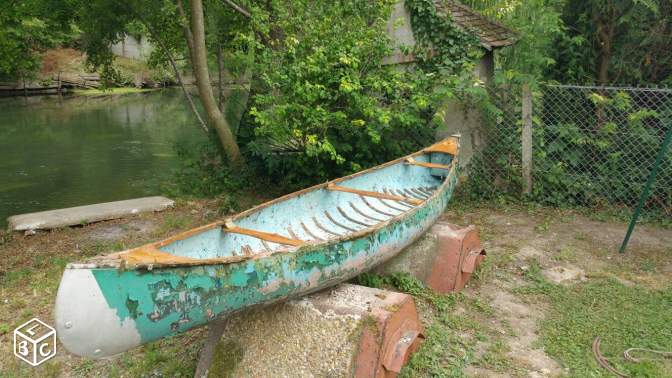patrick corry
solo canoeist
I'm going to steam bend mahogany outwales soon. Although the bending is not extreme in any way, I've been reading a bit about steam bending mahogany and some suggest that it's problematic at times. I believe my material is an African mahogany variety, probably Sapele. I read that adding a surfactant such as fabric softener to the pre-soak apparently reduces surface tension in the soaking water aiding in penetration of the fibers. Does anyone have experience with this, or comments pro or con? The material has been rabbeted for the plank/canvas overlap but left unshaped until clamped and dried to conform. Final shaping, tapering at the ends, etc will be completed with hand tools prior to final installation.







